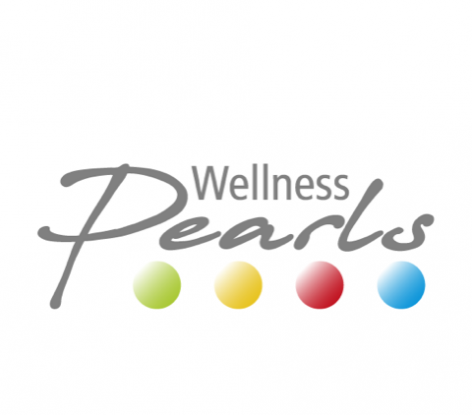Wellness dictionary
Little ABC for your spa-break questions ...
In their treatment discriptions, wellness hotels often use technical terms, which are hard to understand for potential guests. We have therefore collected and defined the most relevant terms in our small wellness ABC. A tip: Our wellness dictionary also supports word requests. You don't need to know the exact wording.
Select letters or search term:
Rasul Bath
Rasul bath: What is it?
The Rasul bath is a term for a cleansing ceremony. A Rasul bath itself, which is usually oriental in appearance, is often a circular room with tiled benches that can be washed off. These are pre-heated and are comfortable to sit on. At the beginning of the ceremony, the room has a temperature of 40° C. This is gradually accompanied by high humidity. In the Rasul Bath, various earth mud is first applied to the skin by rubbing it into the skin personally or reciprocally. Similar to a moor bath, it can take some getting used to being rubbed with dark mud from head to toe by the person opposite.
With the first steam push the slow heating of the room begins, combined with an increase in humidity (temperatures rising to 46/50° C). A scent, which comes from the herbs steamed on the oven grate, spreads throughout the room.
The sludge, which has now dried slightly, becomes creamy again with the rising humidity, and a pleasant tingling sensation develops on the skin. If the mud is now lightly rubbed in, encrusted cream residues and partially dead cells of the upper skin layer are removed - similar to a peeling. Recommended length of stay: 30 minutes, followed by resting. After a similar ritual, the treatment takes place in the so-called serail bath.
Rasul bath: structure of the treatment
If you use a Rasul bath, you may first rub yourself/your skin vigorously with (special Rasul) earth. This is a natural product and rich in minerals such as:
- calcium,
- iron,
- silicon and
- magnesium.
It has a similar caring effect on the skin as moor or clay. The shaving clay is first mixed with warm water to create a homogeneous mushy mud. This is rubbed into the body, from the head - including the face - to the soles of the feet. Then the actual Rasul bath is entered. In a quiet atmosphere, you can not only relax on the warm benches, but also let your partner vigorously massage the mud-covered skin. This loosens skin scales, the skin is strongly supplied with blood and the minerals penetrate into the body. Due to the high air humidity, the mud remains moist on the skin and does not dry out.
After the massage, it is definitely a good idea to rest in the Rasul bath for some time. Afterwards, the mud can be rinsed off in the shower. Your skin feels "butter-soft" after the application.
Does a Rasul bath have an effect on health?
A stay in a Rasul bath has a beneficial effect. The warm and humid ambient heat simulates a feverish attack on the body during your stay. The organism reacts to this, among other things, with the production of so-called antibodies. They help to strengthen the immune system and thus prevent illness. The high air humidity has a calming effect on the upper respiratory tract. Mucous membranes are soaked and can regenerate. The moist heat opens the skin pores and the minerals of the shaving clay penetrate the skin better. Traditionally, the Rasul bath - similar to the Hamam - is recommended for deep cleansing of the skin, also to reduce sebum production. The natural mud has the effect of an exfoliator, tightens the epidermis and is also said to be able to stop inflammatory processes.
Related topics: Steam bath – aromatherapy steam bath Detoxing Clay therapy Moor bath Evening primrose oil Exfoliation Phytotherapy Sanarium Sauna Serail Bath

